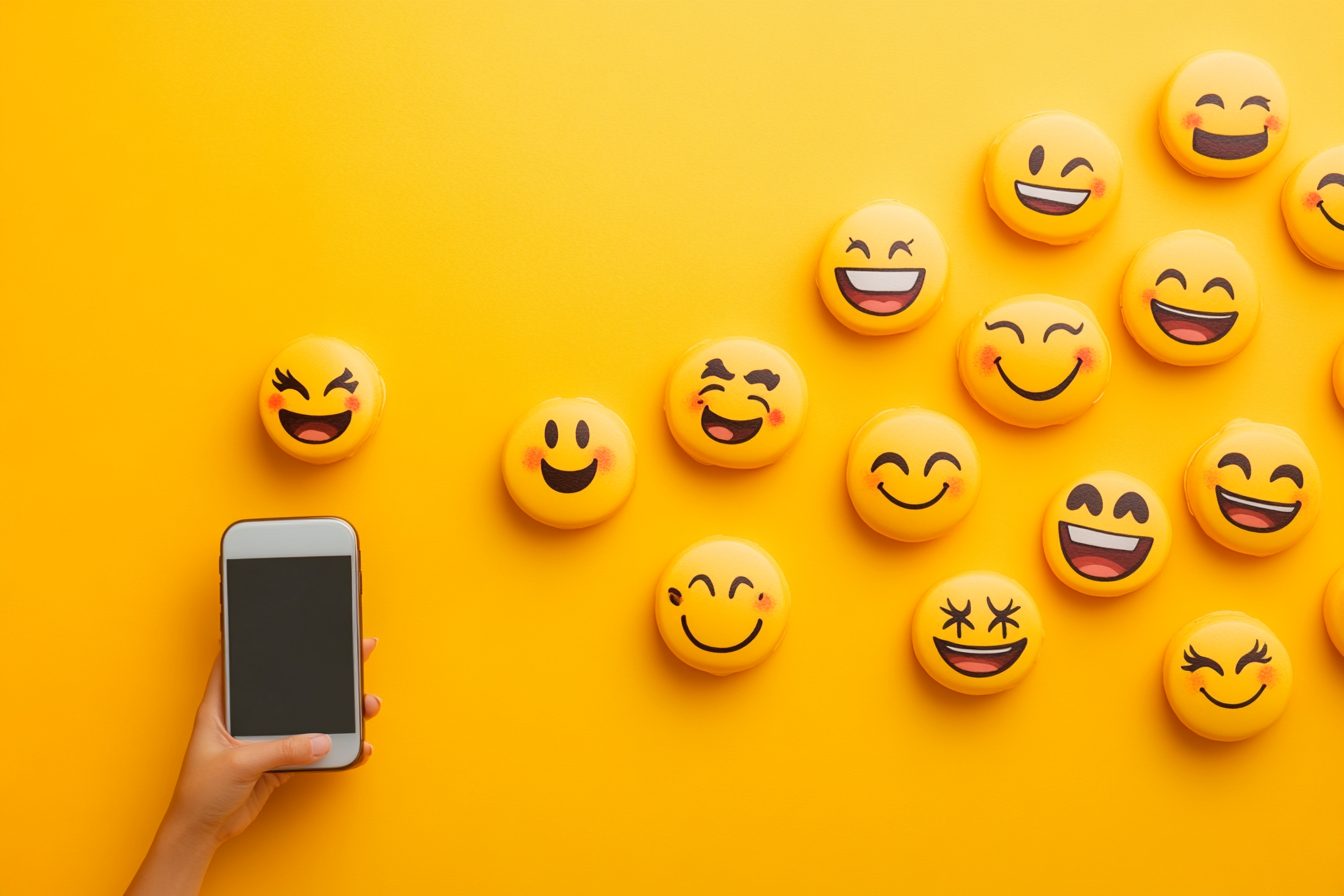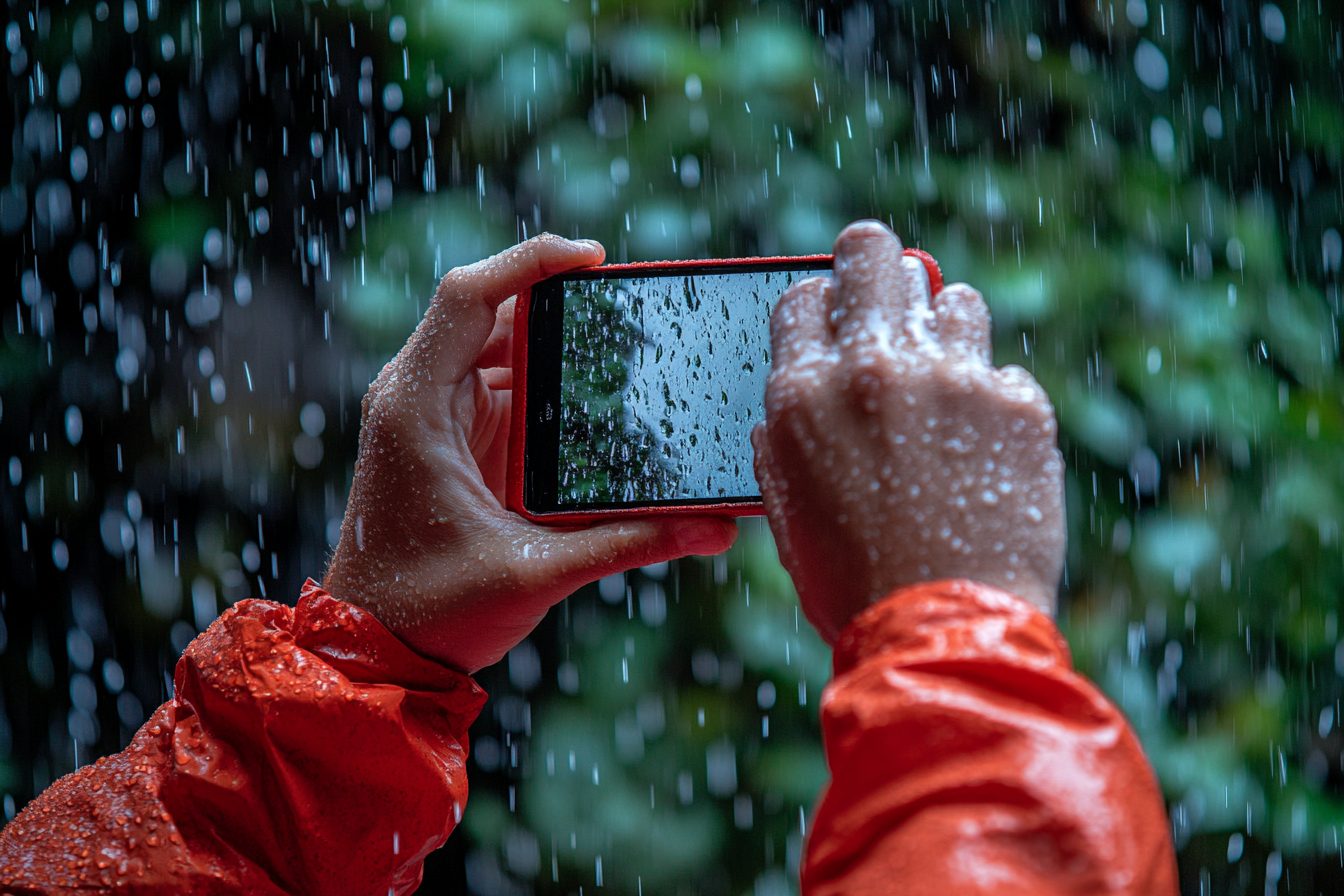On Tuesday last week, I took 11 minutes to write a two-sentence response to my colleague’s project proposal. It took me about thirty seconds to type. The other 10 minutes were set aside for what can only be described as digital choreography.
I had to select the perfect emoji combination to ensure my response wasn?t interpreted as aggresive, uninterested, or overly enthusiastic. In the end I used a thumbs up as casual approval, a lightbulb to acknowledge the idea’s creativity, and ended with a smiley face to establish good will. I had to spend more time crafting the emojis then I did with my actual professional decisions during the day.
I have come to understand this is what we refer to as communication. We now live in a time where when something as simple as saying “sounds good,” we have to instead use emojis of characters to accompany a statement that actually conveys a lot more emotion. We have created new body language intended for a disembodied medium.
It’s obvious to me that for three years, I helped create messaging programs that encouraged people to use these emojis. Like Dr. Frankenstein, I now stare in horror at the emoji monster I helped create.
One of the more harder aspects to capture in digital body language is the unsaid rules that are constantly changing. There’s no one who will tell you that shutting a message with a period is perceived as anger, or that answering “k” means a person is angry and “kk” means you are happy. These things are understood to be osmosis in nature.
Discovering hack are socially less annoying but in reality are a misinterpretation of polite and careless conversation. I was a fine example of this last month after my wife’s lengthy sext on the weekend which I responded to with, ‘Fine.’ Just that, with a full stop. Simple agreement for me.
With a period to her means deeply resentful anger. As a result I had angry phone calls that I was trying to convince her for twenty minutes that I wasn’t. Then another ten explaining why there was no exclamation and no emoji.
The emotional stress far overshot what it would have needed to put a smiley face inside my reply. The nuances of this new language goes beyond grammar marks. It also includes pauses (responding too quickly seems anxious, responding too slowly shows lack of interest), and shifts (too short feels dismissive while too long is overwhelming).
The most interesting illustration is my teenage daughter recently explained to me, with long suffering patience, why she so deliberately deleted the auto-corrected capital letter at the start of her text message. Because, “Dad, capital letters are so dramatic!” You cap a capital letter and expect to shout. An even greater puzzle is that you can’t use the same thumbs-up emoji on different platforms.
On Instagram, it signifies enthusiastic agreement. On messaging apps, it conveys disinterest. You are expected to use thumbs up on Twitter, but are hopelessly out of touch if you do that on TikTok.
You would think of changing the accent every time you go into a different room of your house. People with an analog background might experience a different kind of social anxiety. Before writing any digital message, I go through several questions: Is this message too long or too short?
Could this be misinterpreted? Should I add an emoji to clarify the tone? How will that emoji be interpreted?
Does it require another emoji modification? Won’t two emojis appear desperate or childish? Should I just make a phone call?
But how would calling for such trivial matters not come across as formal or intrusive? At this point, wasting all that mental energy only to respond to a simple lunch invitation is laughable, yet I rationalize it by telling myself it prepares me mentally for a board meeting. Almost everyone deals with this form of overthinking.
In reality, people spend more time analyzing and constructing casual digital messages instead of face-to-face interactions. This constant cycle of encoding and decoding comes with a burden, but its absence in conversations regarding digital wellbeing is baffling. The most absurd example of this phenomenon is group chat, where digital body language turns into something approaching a intricate mating dance.
I’m part of a neighborhood association group chat where conversations receive at least three different emoji responses, forming an intricate validation system that is endlessly on surveillance. Not reacting correctly – or even worse, not reacting at all – has obscure but important social consequences. I was in meetings all day a couple of days ago and missed a thread on lawn care suggestions.
By evening, two of my neighbors had texted me privately wanting to know if everything was okay, as though my failure to respond with a heart emoji to someone’s fertilizer suggestion was a major problem. What is interesting from an anthropological point of view is how rapidly these informal norms become socialized. I’ve caught myself feeling genuinely irritated when someone responds with a mere “ok” instead of the more socially acceptable “okay!” or “sounds good!” Emotionally flatness at best and total hostility at worst, is how I now interpret the lack of an exclamation point.
I have come to master the art of a language that I never actively intended to learn, and sometimes openly detest. The digital signaling system is an important part of professional contexts. I recently came across a Slack thread involving two tech executives.
Both of them shoulder the responsibility of looking after nine-figure budgets and hundreds of employees. Yet, their conversation was limited to them reacting to their comments using progressively more detailed emoji. One key strategy of their interaction was whether they respond with a thumbs up emoji, or a party horn emoji.
I was infuriated they never took a break from the Slack channel to communicate face to face, but that would have kills the illusion they all have silently agreed to. The generational shifts surrounding the comprehension of body language through technology add even more complexity. My daughter’s use of emojis and my daughter’s are incomprehensible for me, full of irony, reference, and meaning.
No one has support, let alone the willingness to try and assist. The same is true and so different for the skull emoji, while in my life context it means pointing towards something morbid or dangerous, in hers the context indicates they’re dead because it’s so funny. Comunicated through a different entirely different language but the use of same symbols.
Maybe the most important part is looking at how this form of digital communication is beginning to seep into our physical relationships. I have found myself saying “LOL” out loud instead of actually laughing, which admittedly is something I would never wish to reclaim. My daughter and her friends often perform air quotes when they say “literally,” which is a commentary on the over-usage of the word.
The difference between how we communicate offline and online has fused so much that it is meaningless. Nonetheless, I realize both the need and the context that is needed in communication is complex, which does not disappear due to complaints. Tone, facial expression, and body language tend to be nonverbal communicative features that have always been relied on.
Research estimates that these features carry anywhere between 65% to 93% of the meaning in communicative interactions facial to face. When put in writing, all that is stripped off which makes texts lose all defining value which opens them up to many interpretations. What we call emoji choreography, strategic punctuation, and even reaction images is an attempt to give back to people what technology took away from them.
My worry doesn’t stem from our new ways of self expression, rather my worry is the sheer amount of effort that goes into it and the consequences that arise from a misunderstanding. In person, a warm smile is a universal form of communication, but in texts, I need to consider which smiley to use out of the dozens available with each carrying different connotations depending on the recipient and context. What should be done instinctively needs a lot of thinking which increases the mental strain of interactions that should come easily.
I have tried solving this cognitive overload problem in many ways. At some point, I decided to just stop caring and would send texts expecting others to meet me half way. This was about as effective as trying to communicate in a pop concert using Latin, which to my great disappointment, not a single person cared to help.
It also didn’t help that I tried using the most basic smiley faces, thumbs up, and for close friends a heart, which left me looking like someone who lacked digital communication understanding like someone vs. someone who literally has no idea what context means. As of now, I have what I call a semi- fluent approach.
Meaning, I have learned enough of the basics to navigate through without assaiing anyone, but not enough to spend more than two seconds choosing a reaction emoji to respond to a colleague’s cat photo. This way I never fully reside in the digital sphere where I can use the local language, but at least I am able to communicate. This would be simalar to speaking in a foreign accent that is charming enough to make a person appealing, yet exceedingly abnormal.
This is especially important for your mental health. Look upon this as an incredible change in the way humans communicate rather than an unavoidably social hassle. Text messages alone cannot express them self, so as a society, we are working together to create a new way of communication that is incredibly astonishing.
Even when it make me spend eleven minutes discerning if I should use a winky face emoticon for the message or if that might seem inappropriate in that situation, it’s still impressive. Real quick, I need to answer an email from my manager. I’m sure my excitement is correctly displayed by using one exclamation mark rather than two, but should I capitalize the first word of the sentence, or does that make it too aggressive?
Those are the issues that truly keep me awake at night, fingers lingering over the “send” button, stuck in the bizarre limbo of contemporary technology.








